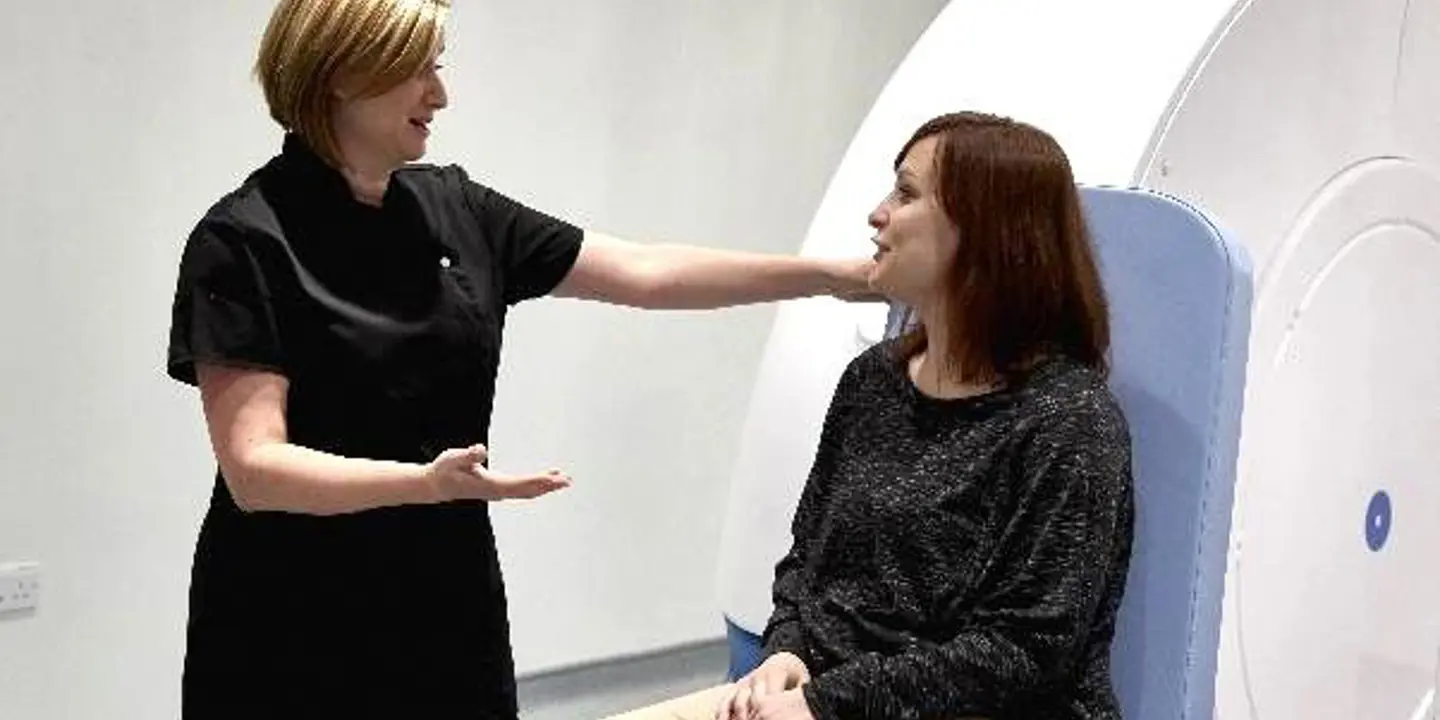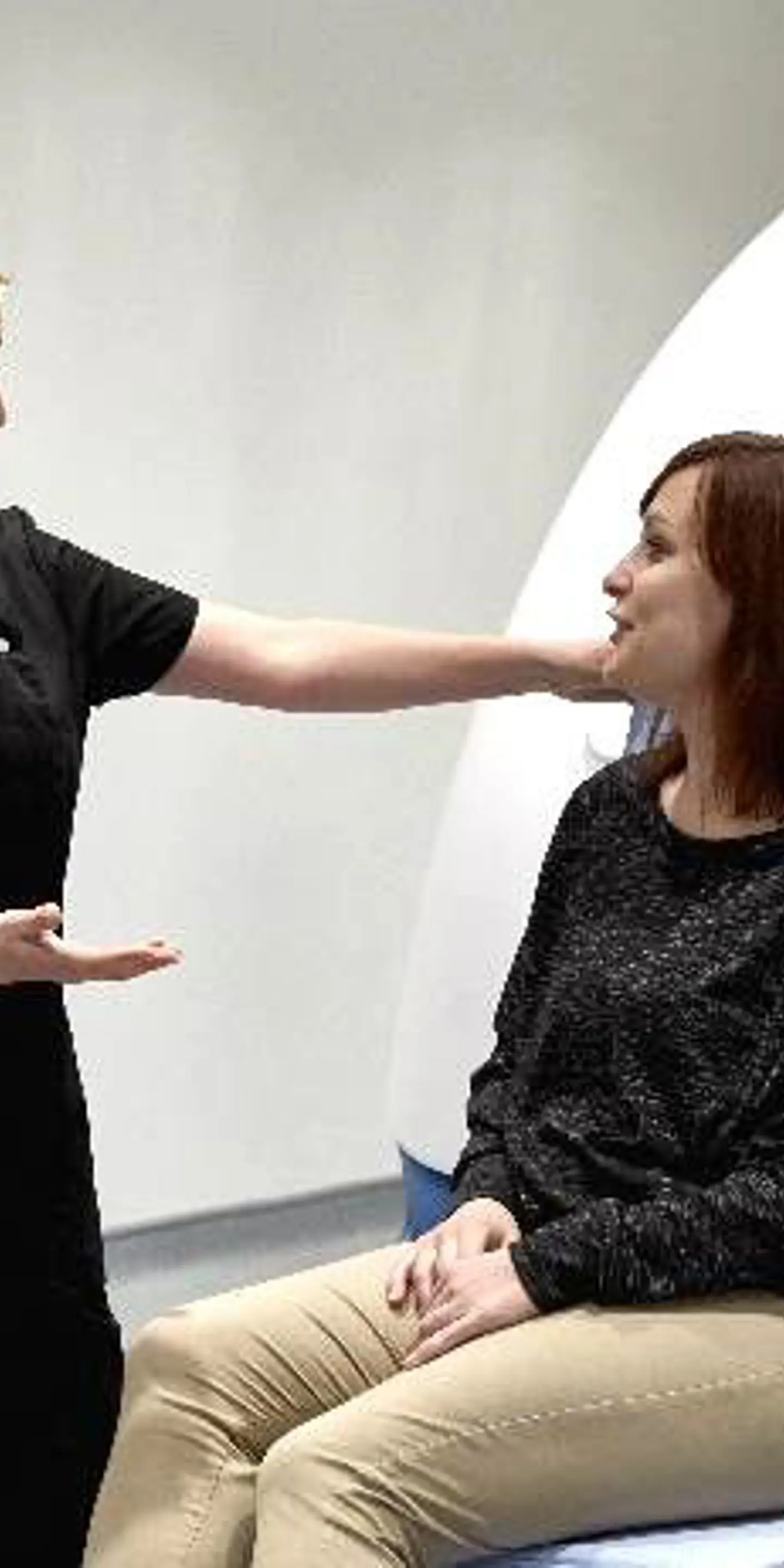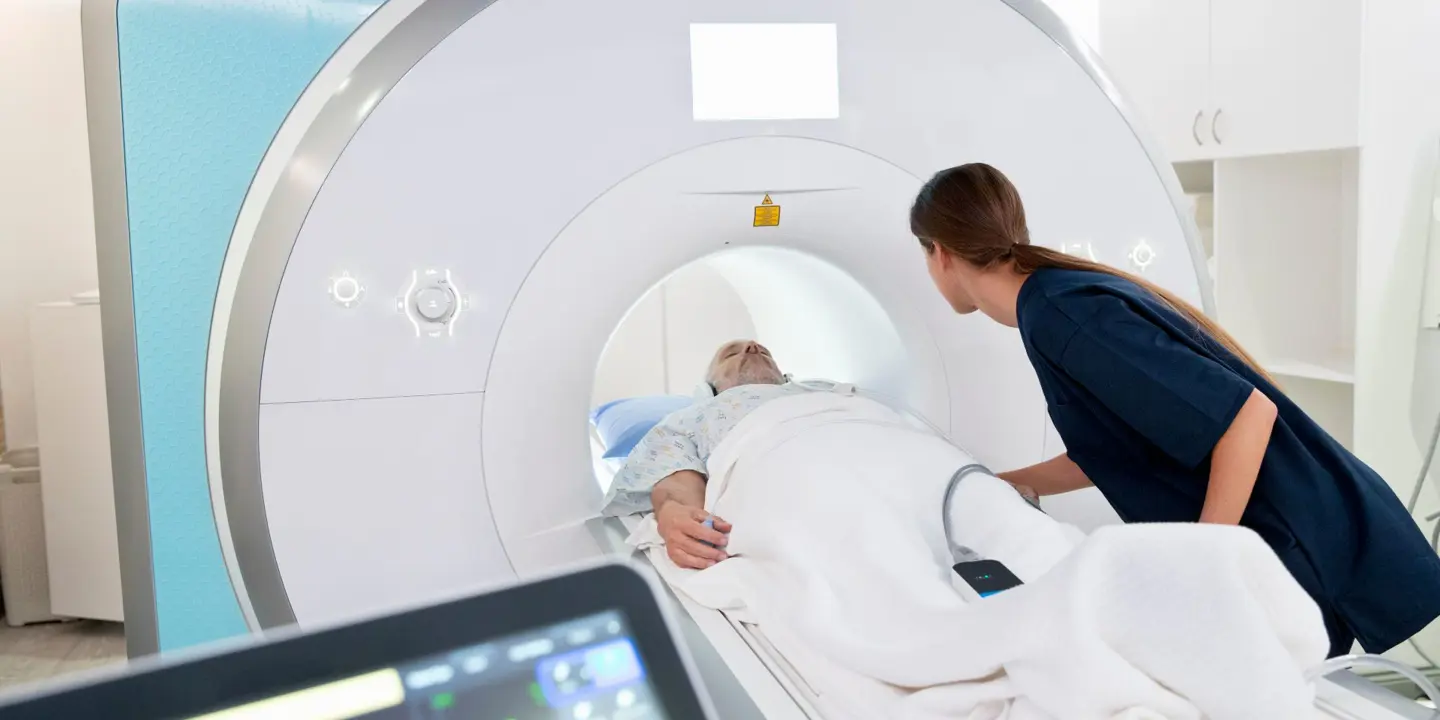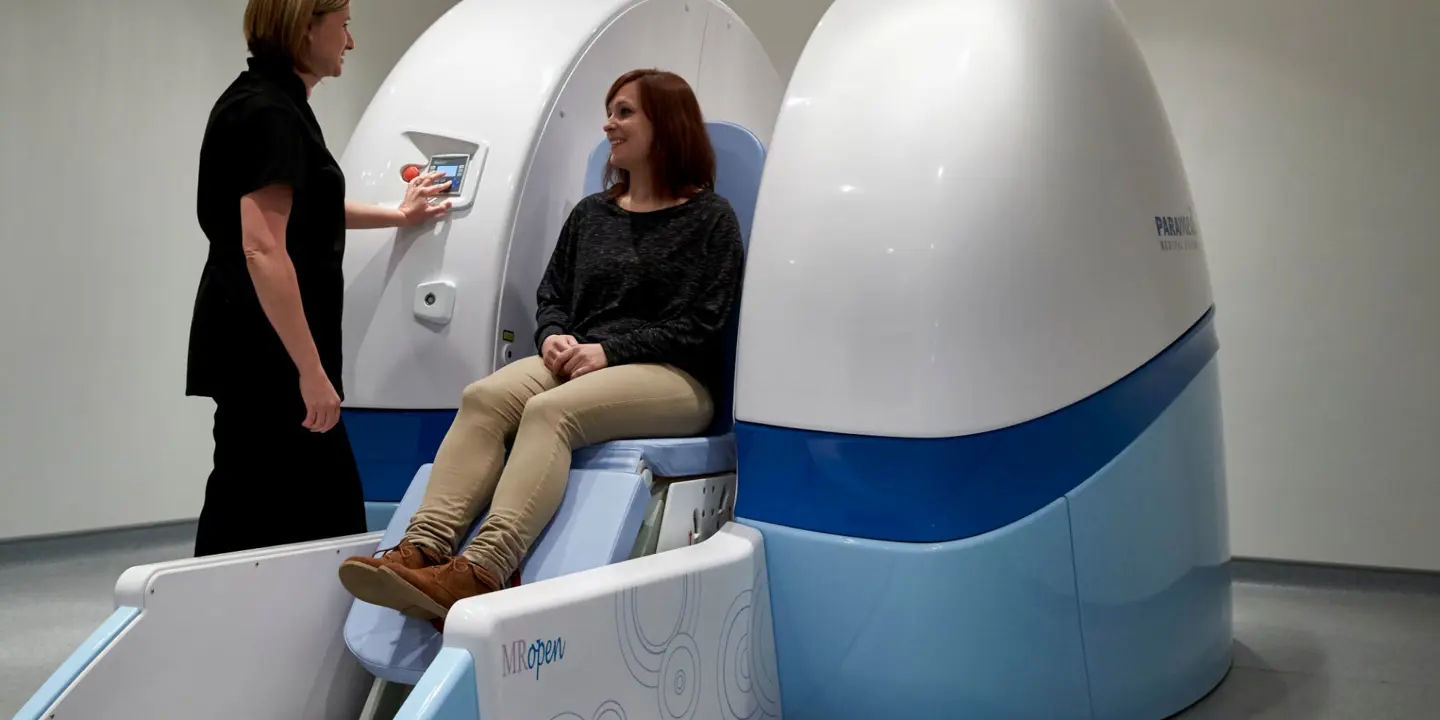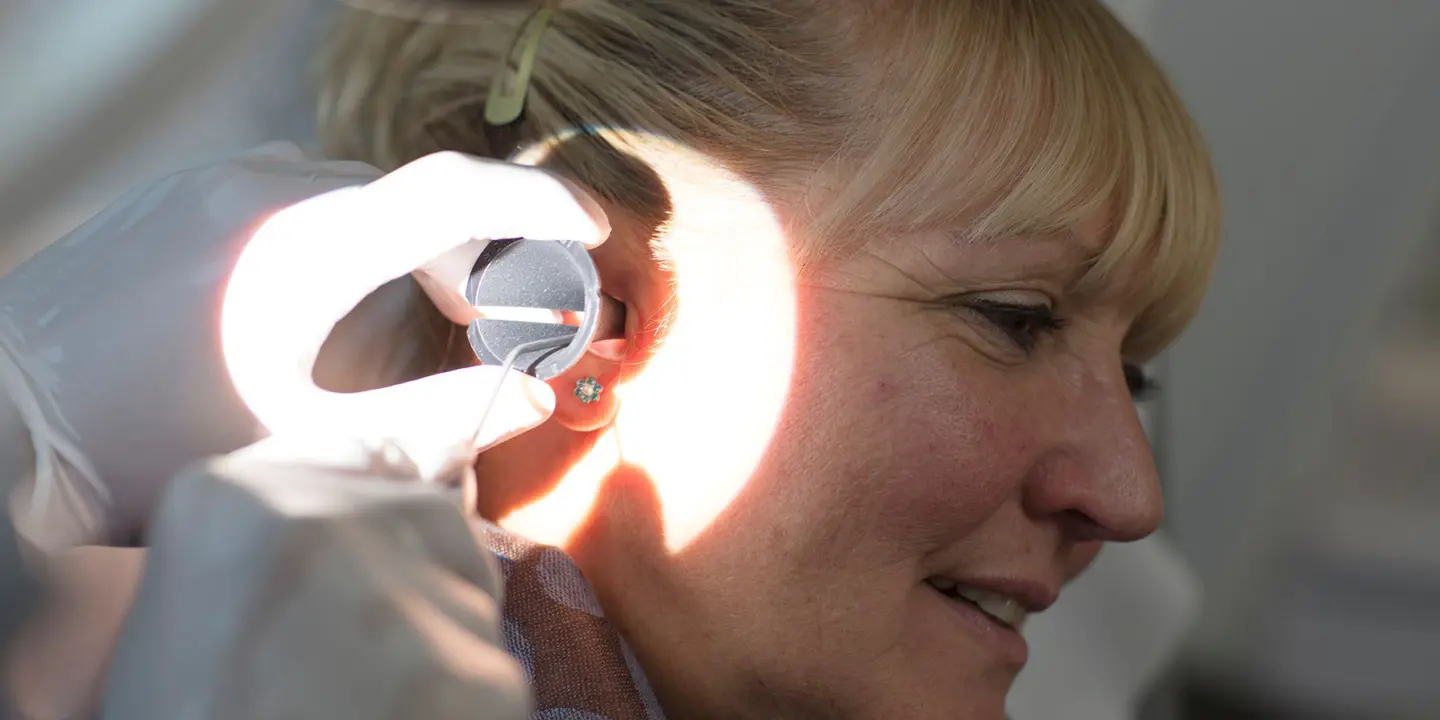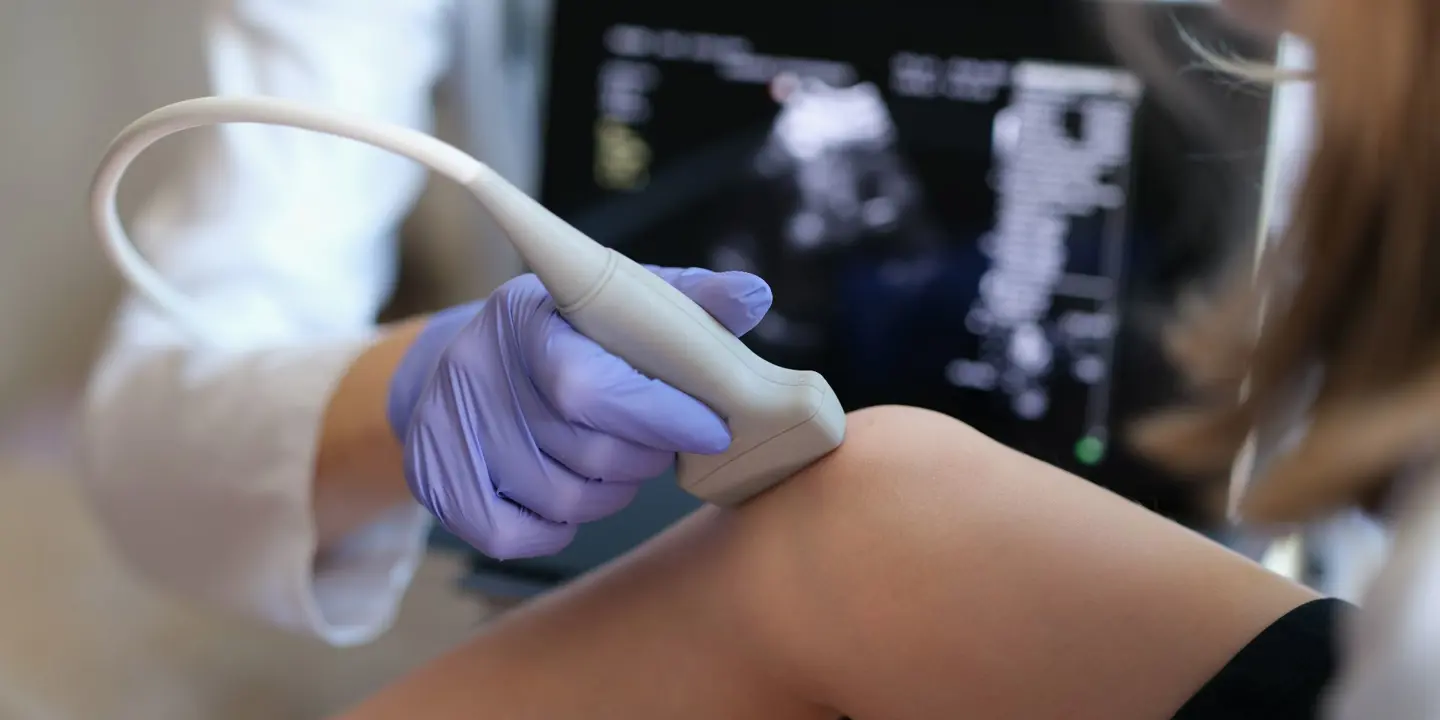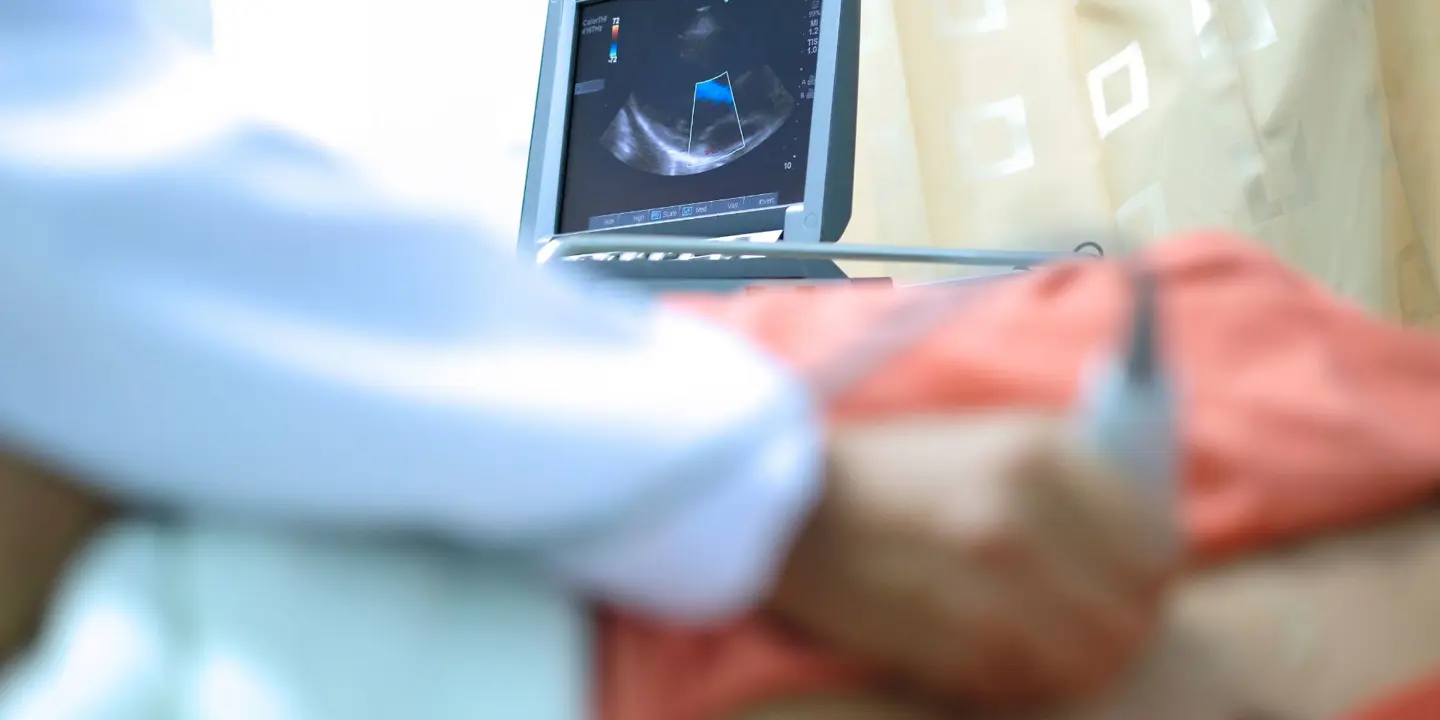Magnetic Resonance Imaging (MRI) machines in London and across the globe have greatly improved the way we diagnose illnesses and examine internal organs. Today, MRI machines come in two types, closed and open. The closed MRI machine is the more common type as it is of an earlier design, and the open MRI is more recent. The differences between open vs closed MRI are not limited to their shape or design, and in this article, we list their difference to help you decide which type is better suited to your needs.
The Closed MRI
This is an older, more conventional design that has been around for decades. In fact, the first MRI exam was conducted on a human patient as far back as July 3, 1977. Soon after, MRI machines became more common in hospitals, and are now used for examining internal organs, including soft tissues like the brain. Designs of current closed MRI machines have not changed much from its 1980s iterations; it is still a cylindrical space where a patient is slid into and scanned. Closed MRIs typically have a cylinder or bore size of 60 centimetres, which is considered the standard size; MRIs with a bore size of 70 centimetres are referred to as “wide-bore MRIs”.
The closed MRI generates a stronger magnetic field, giving it the ability to take more detailed, higher-quality images. Compared to CT scans and X-rays, MRI scans can take longer to complete. The length of time needed to complete an MRI scan can take at least 15 minutes, and at most 90 minutes. How long the MRI scan takes depends on the strength of the magnets and the sort of images needed—a full-body MRI scan will certainly take longer than a brain scan.
Pros and Cons of Closed MRI
The stronger magnetic field of the closed MRI assures high-quality images that can give a more accurate diagnosis. Imaging for certain diseases is easier. For example, a closed MRI can better detect anatomic structures in the patient’s wrists, find lesions in patients with multiple sclerosis, and single or multi-vessel diseases in patients suffering from Coronary Artery Disease (CAD).
The disadvantages of the closed MRI are mainly concerned with patient comfort. Patients may feel claustrophobic and are not advised to use closed MRI with this phobia. Large or obese patients may not fit in the closed MRI, and children that must be scanned may not be able to hold still. It is extremely important for the patient to remain motionless throughout the scan, as even the slightest movement can ruin it. The scan must be repeated should this happen. The closed MRI scanner is also very noisy. Patients may need to be sedated or given earplugs to deal with both the noise and confined space.
The Open MRI
As their name implies, the open MRI has no confining cylinder like the closed MRI system. Instead, it has disc-shaped scanning magnets on mounts at the top and bottom of the machine. This machine is open on all four sides. They work the same way as the closed MRI machines do.
Pros and Cons of Open MRI
The main advantage of an open and Upright MRI scanner is greater comfort for the patient. Those with claustrophobia or those prone to anxiety attacks should have no issues. Larger and obese patients will have no problems being scanned as there are no confining cylinders to go into. Children that need to be scanned will have less difficulty or anxiety, as a parent can be within sight to provide reassurance. Some open MRI designs can be tilted, allowing patients to be scanned while standing. This can allow for greater accuracy in scanning for injuries or diseases afflicting the back and spine.
The open and Upright MRI scanner can also provide images of when the body is more stressed - for instance if you back is painful when sitting but it is fine when laying down then an upright scan can allow the radiologist to more accurately diagnose the issue when in that position. However certain areas of the body also cannot be scanned, so this type of MRI may not be an option in some instances.
Which MRI Should You Choose?
The Open and Closed MRI systems come with their own set of benefits and drawbacks. Please talk to our expert team and they will be able to help you choose the one that will give you the best diagnosis and a level of comfort you can manage.
Because of its recency, open MRI may not be as widely practised as closed MRI. That being said, open MRI may be recommended for claustrophobic or overweight patients. Overall, the traditional design offers better quality images that aid in pinpointing exact details needed for diagnoses or treatments.
There are two main considerations when choosing between open and closed MRI. The most important of which is the doctor’s recommendation. In some cases, the more detailed imaging quality of the closed MRI may be necessary to correctly diagnose or treat a patient. The second consideration is the patient’s comfort. It is also important that the patient is able to hold perfectly still while the test is being conducted in order for the results to be usable.
Choose Vista Health
As an industry leader in private healthcare, we specialise in diagnostic services that help clinicians and patients begin their healthcare journey with accessible and affordable services.
Our team are experts in diagnostics with a wealth of experience to match. We can guide you through the process of closed or open MRI scans and help you make the right decision.
By working with all major insurers and major clinicians, we can offer quick assessment turnarounds.
We have more than 40 diagnostic centres around the UK, so you can get access to quality healthcare wherever you are.
For more information about open and closed MRI, or any other medical procedure, please don’t hesitate to speak with us. Call us at 0330 822 3508 or visit our contact page. You can also use Book & Go to make an appointment.

